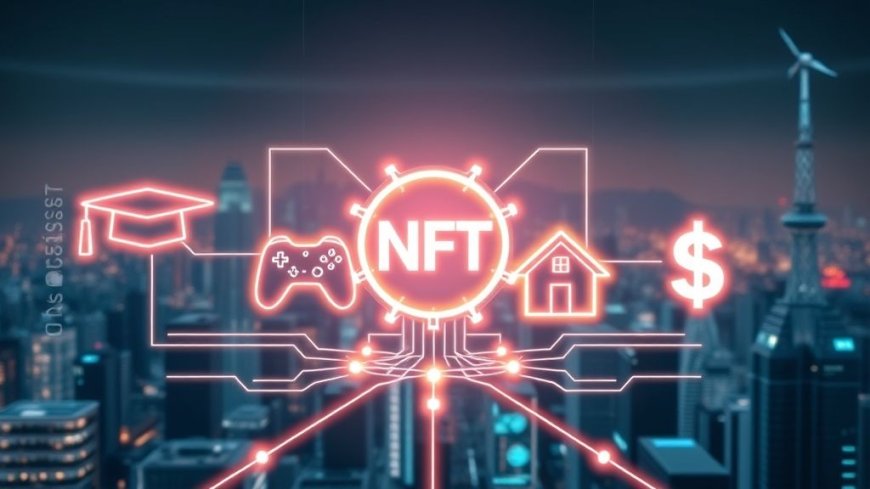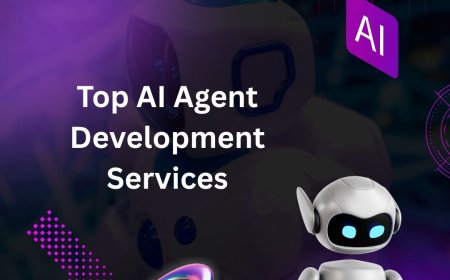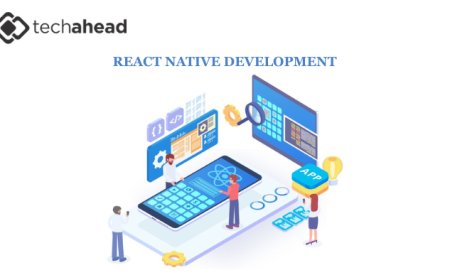Can NFTs Evolve into Functional Tokens Beyond Digital Art?
Discover how NFTs are evolving beyond digital art into functional tokens with real-world applications in finance, gaming, real estate, identity, and more.

When NFTs (Non-Fungible Tokens) first hit mainstream attention, they were largely associated with digital art, celebrity collectibles, and speculative mania. From Beeples $69 million digital collage to viral CryptoPunks and Bored Apes, the world watched as JPEGs seemingly turned into gold. However, the deeper value of NFTs lies far beyond digital art. They have the potential to evolve into functional tokens with real-world applications across multiple industrieshealthcare, real estate, gaming, identity, finance, and more.
This blog explores how NFTs are moving beyond digital art, examines current and emerging use cases, and outlines why this transformation marks a major shift in how we view ownership, utility, and tokenization.
1. NFTs: From Hype to Utility
NFTs are blockchain-based tokens that represent unique, verifiable ownership of digital or physical assets. Unlike cryptocurrencies such as Bitcoin or Ethereum, NFTs are non-fungibleeach token is distinct.
The early wave of NFTs focused on:
-
Digital collectibles
-
Profile picture (PFP) art
-
Virtual real estate in metaverses
-
Sports highlights (NBA Top Shot)
While these served as proof-of-concept for blockchains ability to prove ownership and authenticity, the underlying technology can support much more functional use cases.
2. What Are Functional NFTs?
A functional NFT or utility NFT adds purpose beyond ownershipit offers holders a specific benefit, access, or capability. These can be:
-
Software licenses
-
Event access
-
Subscription models
-
Governance rights
-
Tokenized credentials
-
Identity authentication
They bridge the gap between digital scarcity and real-world value. In this context, NFTs become more than arttheyre tools for unlocking services, rights, or digital interactions.
3. Use Cases: Real-World Applications of Functional NFTs
Lets explore the growing industries where NFTs are evolving into functional assets.
A. Gaming and the Metaverse
Play-to-Earn (P2E) and blockchain gaming platforms like Axie Infinity, Gods Unchained, and Star Atlas have pioneered NFT-based economies. Players use NFTs as:
-
In-game assets (characters, weapons, land)
-
Tradable items across marketplaces
-
Upgradable or burnable tokens to evolve gameplay
The metaverse enhances this further. Land NFTs in Decentraland or The Sandbox grant access to virtual property, events, or income-generating assets. As games become more interoperable, NFTs could enable cross-platform ownership.
B. Real Estate and Physical Assets
NFTs can be tied to real-world assets through tokenization, enabling fractional ownership, faster transactions, and proof of provenance.
-
Real estate NFTs represent ownership shares or entire properties.
-
Luxury goods and collectibles (like watches, cars) are authenticated with NFT certificates.
-
Supply chain tracking uses NFTs to verify the lifecycle of goods.
Imagine buying a fraction of a property in Dubai via an NFT or verifying the authenticity of a diamond through blockchain metadata. This is happening now.
C. Identity and Credentials
Functional NFTs are now being explored for digital identity, academic certification, and work credentials.
-
Soulbound Tokens (SBTs) are NFTs that represent personal attributes and achievements but cannot be transferred.
-
University degrees, licenses, and certificates issued as NFTs can be verified instantly.
-
KYC/AML credentials can be issued as NFTs, reducing redundancy in onboarding.
These use cases enable a secure, decentralized identity layer on the internet.
D. Memberships and Subscriptions
Many companies are experimenting with NFT-based memberships, where holding a token gives exclusive access or benefits.
-
Social clubs and communities (e.g., PROOF Collective, Friends with Benefits) use NFTs as digital keys.
-
Brands like Adidas, Nike, and Starbucks use NFTs for loyalty programs or gated perks.
-
Content creators can reward fans with NFT subscriptions that unlock courses, newsletters, or events.
In this model, NFTs serve as a mix of a subscription, VIP card, and share in a digital economy.
E. Finance and DeFi Integration
DeFi (Decentralized Finance) is leveraging NFTs to offer financial utility, such as:
-
Collateral for loans (via platforms like NFTfi, Arcade)
-
Staking and yield farming
-
Insurance NFTs representing claims or coverage rights
-
Tokenized debt or bonds with NFT wrappers
Additionally, Real World Asset (RWA) tokenization merges NFTs with financial instrumentsimagine tokenizing invoices, contracts, or equity and trading them in NFT form.
F. Healthcare and Medical Data
NFTs have the potential to revolutionize healthcare data ownership:
-
Patients could control and share their medical records via NFTs.
-
Medical certifications for professionals could be stored on-chain.
-
Pharmaceutical supply chains can use NFTs for tracking.
This creates a secure, interoperable data layer that prioritizes patient consent and privacy.
4. Technology Enablers Driving Functional NFT Growth
Several technical and ecosystem-level innovations are accelerating the evolution of NFTs:
A. Smart Contracts
They allow NFTs to include programmable utility, such as time-based access, royalty splits, or automated actions upon use. E.g., an NFT that grants software access for 6 months.
B. Layer 2 Scaling Solutions
Platforms like Polygon, Arbitrum, and Optimism help reduce gas fees and latency, making NFT use cases viable at scale.
C. Cross-Chain Interoperability
Bridges and multichain NFT standards (e.g., ERC-721, ERC-1155) allow NFTs to function across ecosystemsopening up composability and wider adoption.
D. Legal Frameworks and Asset Wrapping
Smart legal contracts and NFTs as wrappers for traditional assets (like stocks or property deeds) are paving the way for regulatory acceptance and mass use.
5. Examples of Functional NFT Projects
Here are some real-world NFT projects shifting the narrative:
-
Unstoppable Domains NFT-based decentralized domain names.
-
POAP (Proof of Attendance Protocol) NFTs as event participation badges.
-
Royal.io Artists issue NFTs tied to royalty rights in songs.
-
Bright Moments IRL art galleries that use NFTs as access passes.
-
TopLedger Healthcare credential verification on-chain via NFTs.
These projects show the rangefrom naming infrastructure to finance, credentials, and beyond.
6. Challenges to Functional NFT Adoption
While the potential is immense, certain barriers must be addressed:
A. Regulation
Securities laws, KYC/AML requirements, and property rights are not universally adapted for NFTs. Clearer frameworks are needed.
B. Usability
Wallets, dApps, and platforms must become more intuitive. The average user shouldnt need to understand gas fees or private keys.
C. Security
Smart contract bugs, phishing attacks, and stolen NFTs erode trust. Better protocols, audits, and consumer protections are crucial.
D. Interoperability
Functional NFTs are only as powerful as the ecosystems they work within. Cross-platform standards and APIs are essential.
7. The Future of NFTs: Ownership + Utility
The next generation of NFTs will not be about owning a JPEG but interacting with an ecosystem of services through unique, verifiable assets.
Well see NFTs evolve in three key directions:
-
NFT 2.0 Programmable and Dynamic NFTs: Tokens that change based on behavior, time, or conditions. For instance, a gaming character NFT that levels up or a ticket NFT that expires.
-
Enterprise and Government Use: Governments issuing licenses, permits, or land titles as NFTs could become the norm. Enterprises will use them for workflow automation and record-keeping.
-
Integration with AI and IoT: AI agents could manage NFTs on your behalf, while IoT devices could generate and interact with NFTs for access control or data streams.
Conclusion
The era of NFTs as mere collectibles is rapidly giving way to a future where functional NFTs play a core role in our digital lives. From enabling decentralized identity and real-world asset ownership to revolutionizing finance, gaming, and healthcare, NFTs are evolving into powerful tools for utility, automation, and interaction. With the rise of specialized token development services, businesses and creators can now build customized NFT solutions tailored to real-world use cases, accelerating adoption across sectors. As infrastructure matures and regulation adapts, we can expect NFTs to be as commonplace as digital filesonly smarter, verifiable, and interoperable.







































